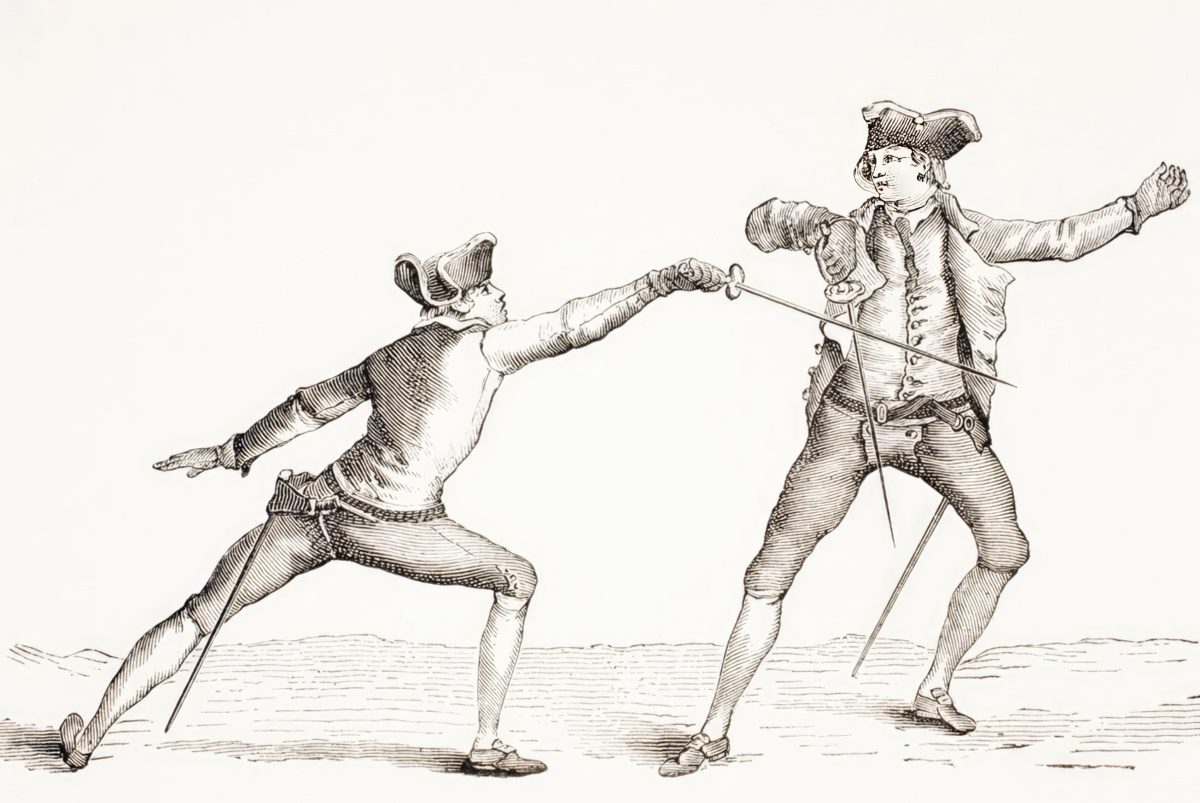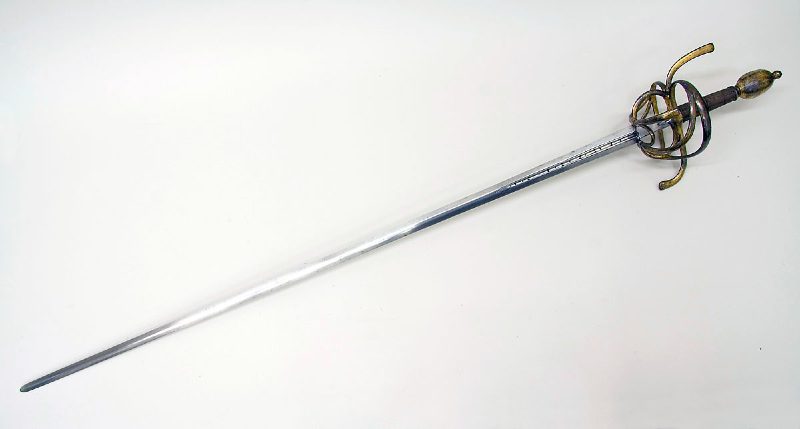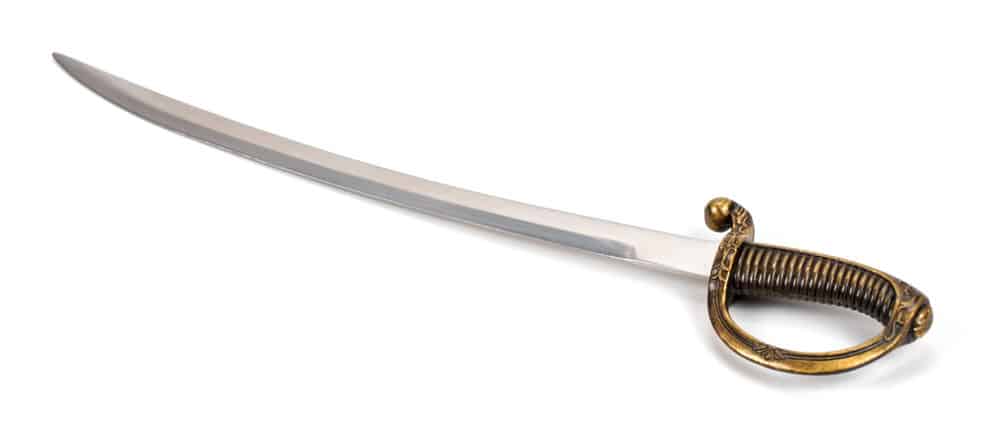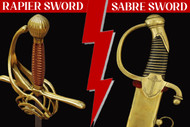Rapier Sword & Sabre: The Differences
Posted by SwordsSwords on Sep 11th 2023
A Brief History of European Dueling Swords

During the 16th-19th centuries, the rapier sword and the sabre sword emerged as the dominant single-edged, curved swords across Europe.
Used by gentlemen and soldiers alike, these bladed weapons became intricately tied to honor and combat.
The main difference between a rapier and sabre sword is that the rapier was designed for precise thrusting attacks while the sabre emphasized powerful slashing strikes.
Let's examine other key distinctions between these iconic 16th century types of swords.
Rapier Sword Design & Purpose

The rapier originated in Spain in the 1500s as a lighter, more maneuverable alternative to the arming sword.
At 2-2.5 lbs., the rapier featured a narrow, pointed blade ranging from 28-48 inches in length, designed for quick, precise thrusting as a thrusting weapon.
Variations like the swept hilt rapier provided protection for the hand while allowing a refined grip perfect for delicate fencing maneuvers and rapid blade-work.
While less effective for slashing than other swords, the rapier's lightweight flexibility and sharp point made it lethal for dueling and self-defense.
Sabre Blade Shape & Fighting Style

By contrast, the sabre emerged in the 1600s as the preferred cavalry sword for military use.
Heavier at 2.5-4 lbs., the sabre boasted a wider, single-edged curved blade spanning 18-28 inches in length, designed for forceful slashing as a cutting weapon.
Its weightier construction and curved blade profile gave the sabre tremendous cutting power for use on horseback or in close quarters combat.
Sabre fighters employed aggressive slashing techniques targeting limbs and torsos, using the sword's natural sweeping cuts
Hilt Design Differences for Gripping
While the blades differed, rapier and sabre hilts also featured unique designs.
The rapier hilt provided protection for the hand while allowing a refined grip. This facilitated delicate fencing maneuvers and rapid blade-work.
Sabre hilts tended to be simpler with less hand coverage. This permitted a stronger gripping stance suitable for delivering strong slashes from horseback or in mêlées.
Sabre grips emphasized brute force handling over finesse.
Legacy of the Rapier & Sabre in History

To this day, the rapier and sabre remain iconic symbols of early European historical swords.
While rapiers fell out of widespread use by the 1800s, the sabre endured as the cavalry sword through WWI.
Both weapons had profound cultural impacts and still influence modern fencing.
Rapiers featured prominently in the arts, and the sabre became a symbol of military might.
Understanding the distinctions in their designs and applications offers insight into weapons technology and combat styles from centuries past.

